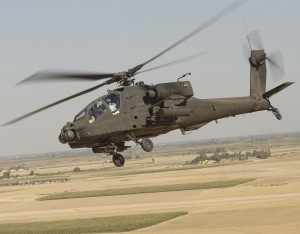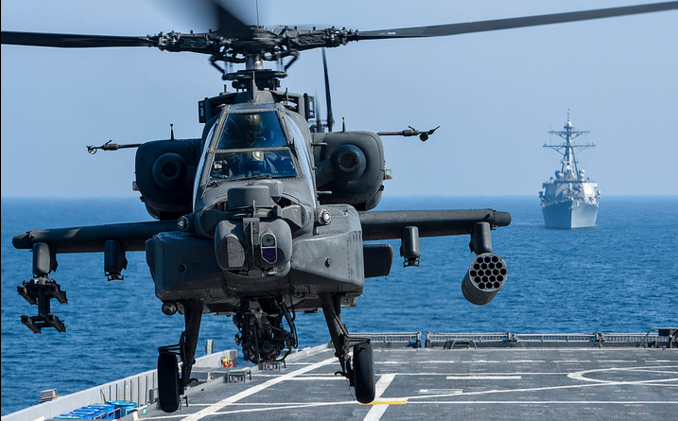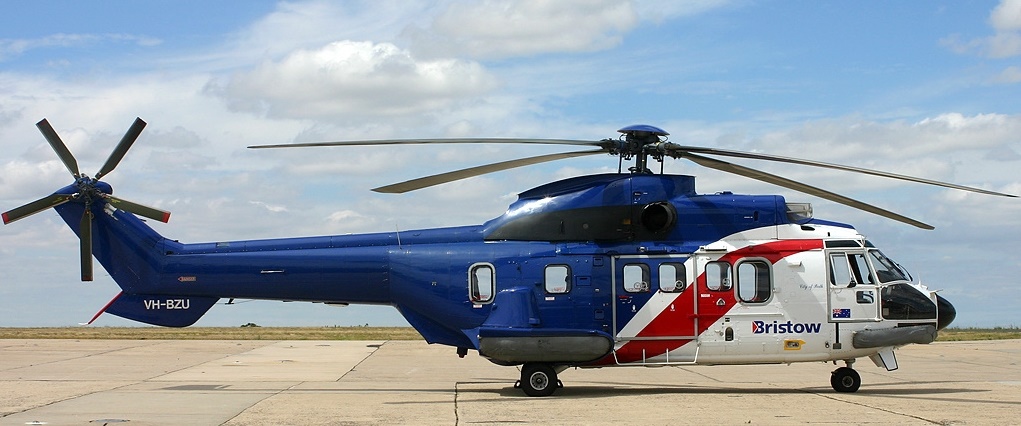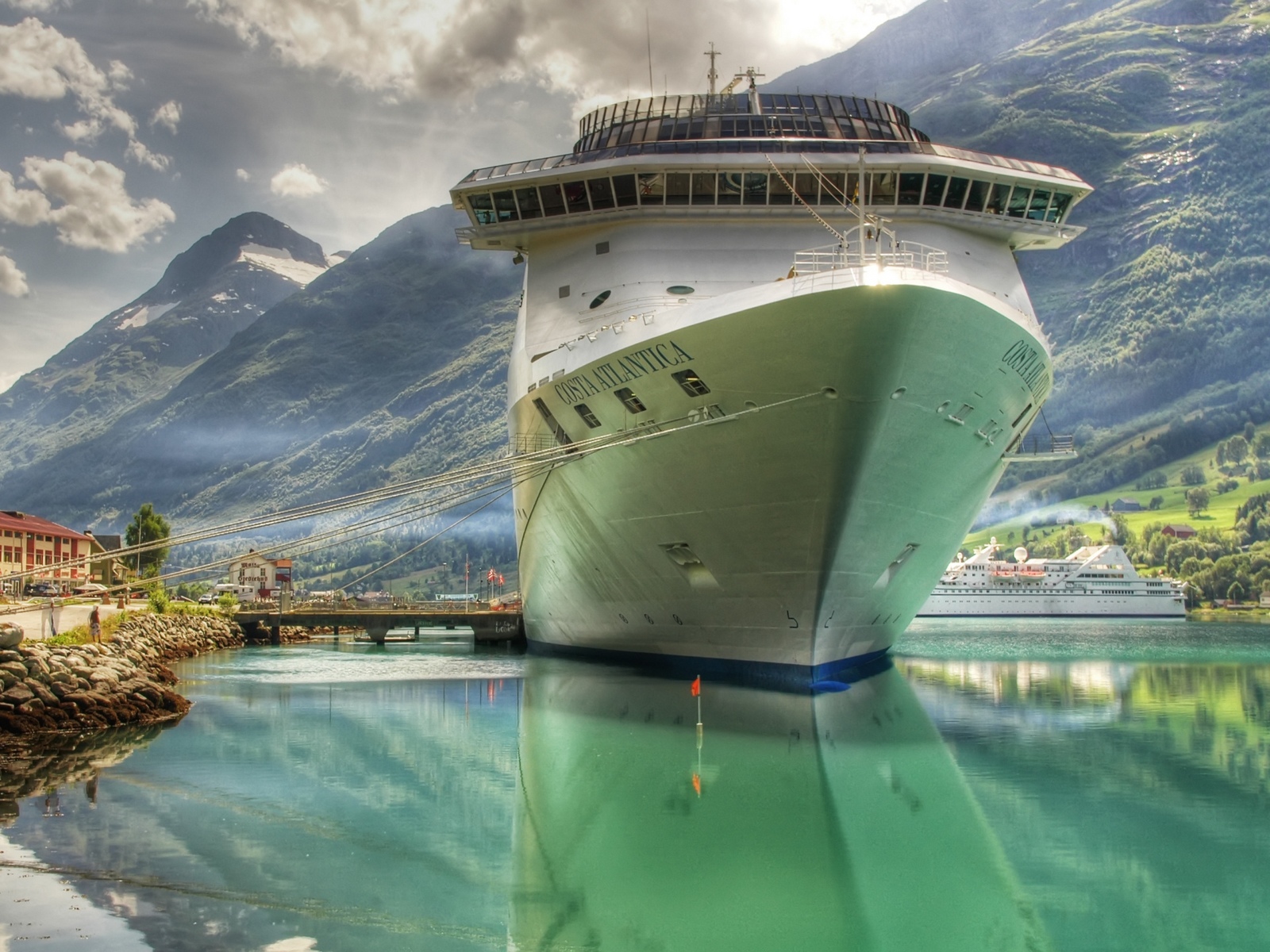U.S. Army Prepares to Join Maritime Littoral Arena
Military operations in the littoral domain are typically associated with the Navy and the Marines. In the future, however, the U.S. Army will also play a key role

A U.S. Army AH-64D Longbow Apache, 1st Battalion, 101st Aviation Regiment, Fort Campbell, KY
U.S. Army Prepares to Join Maritime Littoral Arena – Military operations in the littoral domain are typically associated with the Navy and the Marines. In the future, however, the U.S. Army will also play a key role in maritime and littoral operations. Developments such as the Joint Concept for Access and Maneuver in the Global Commons, as well as the Asia Pivot, have compelled the army to consider how it can best contribute to possible future conflicts. One area where the army is seeking to contribute is in the maritime domain, and the army has been preparing its rotary-wing assets, especially the AH-64 Apache attack helicopter, to fight in the maritime environment.The Apache’s offensive capability is well suited for operations against smaller vessels at sea. In 2011, the British Army demonstrated the Apache’s lethality against maritime threats. During tests aboard the HMS Ocean, British Apaches fired nine Hellfire missiles and 550 rounds from its cannon against seaborne targets, achieving a 100% success rate.Tests by the U.S. Army have also verified the Apache’s ability to execute missions in the maritime domain. In August 2014 the Army Test and Evaluation Command conducted a series of tests on the Apache in different environments and mission tasks. For the maritime segment, Apaches were tasked to secure a shipping lane by defending against swarms of small enemy attack boats. The attack boats carried man-portable infrared missile-simulators to simulate a typical threat that would be posed by small boats. Threat radar systems were also simulated in several cases to simulate the danger from radar-guided missile launches. Over eight maritime mission tests, the Apaches performed well, receiving a score of 4.3 (out of a maximum score of 5) and nearly achieving complete success. The army is modifying the Apache so that it will function better in a maritime environment. The Apache’s fire control radar will be upgraded so that it can more effectively detect and target small ships. Additional upgrades will also give the Apache the ability to better communicate and share information with assets from other services through a connection with LINK 16, a digital data link used widely by the U.S. Air Force and Navy. Further upgrades for operations at sea may also be necessary. The British Army is seeking to configure its Apaches with flotation devices to enable crew members to ditch in the event of an emergency over water. As U.S. Apaches move toward maritime operations, similar modifications may be necessary. The threat from swarms of fast attack craft operated by countries like Iran poses a serious challenge to the U.S. Navy. The deadly asymmetric which fast attack craft present to larger ships was well documented during exercise Millennium Challenge 2002. In this scenario, a Middle Eastern nation conducted attacks on the U.S. Navy with swarms of fast attack craft and anti-ship missiles. The results of the test were disastrous as sixteen ships, including an aircraft carrier and two amphibious assault ships were destroyed.
Boeing AH 64 Apache Longbow Attack Helicopter
Aaron Jensen is a PhD student in the International Doctoral Program in Asia-Pacific Studies (IDAS) at National Chengchi University (NCCU) in Taipei, Taiwan.
Sources: CIMSEC Article and header photo; Video Credit: Aug 16, 2013 – Uploaded by TheChangeInTime; Photo Credit: – www.army.mil (via internet archive)
ATMS: The Best Maritime Training Software for Integrated
Compliance Training, eLearning, and Recordkeeping















